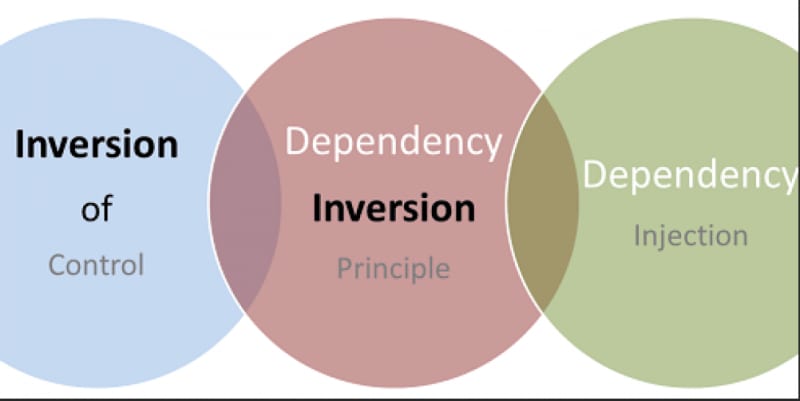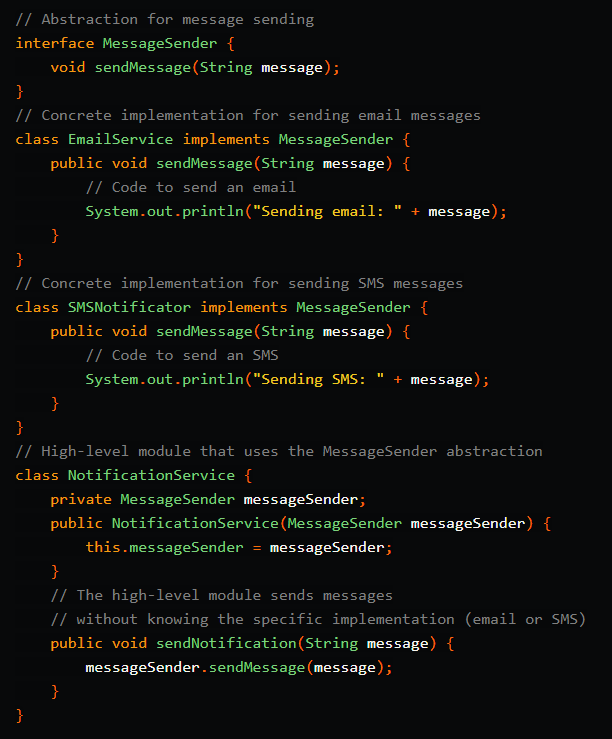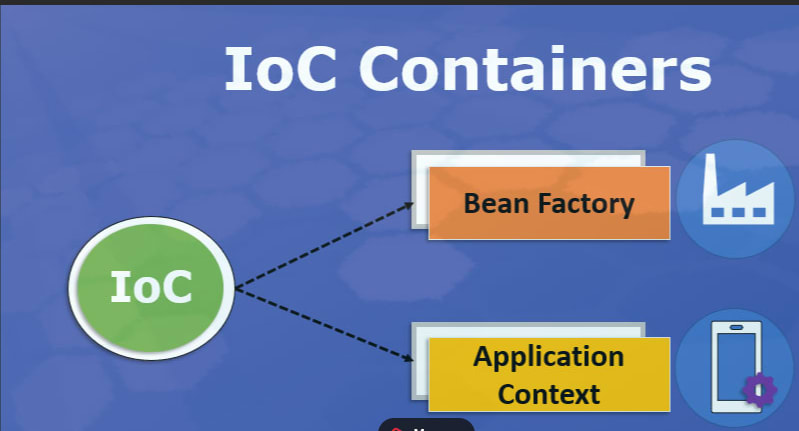What do you think about this picture?
Dependency Inversion Principle (DIP):
- High-level modules should not depend on low-level modules. Both should depend on the abstraction.
- Abstractions should not depend on details. Details should depend on abstractions.
We cannot achieve loosely coupled classes by using IoC alone. Along with IoC, we also need to use DIP, DI and IoC container. The following figure illustrates how we are going to achieve loosely coupled design step by step in the next few chapters.
The term "IOC container" stands for "Inversion of Control container." It's a fundamental concept in software engineering, particularly in the context of frameworks like Spring in Java. IOC containers are responsible for managing and controlling the components (objects or beans) in an application and the flow of control in the application.
Here's what you need to know about IOC containers:
Inversion of Control (IoC): IoC is a design principle where the control over the flow of a program is inverted or shifted from the application code to a container or framework. Instead of an application instantiating and controlling the lifecycle of its dependencies, the IoC container takes over this responsibility.
Dependency Injection (DI): DI is a key feature of IoC containers. It's the process of providing an object with its dependencies rather than having the object create them. The IoC container handles the injection of dependencies.
-
IoC Container: An IoC container is a software component responsible for:
- Creating and managing objects (beans/components).
- Injecting dependencies into objects when they are created.
- Managing the lifecycle of objects (e.g., creating, initializing, and destroying them).
- Configuring objects based on external configuration (e.g., XML, annotations, or code).
-
Types of IoC Containers:
- Bean Factory: The Bean Factory is the simplest form of an IoC container in the Spring framework. It provides basic support for dependency injection and object lifecycle management.
-
Application Context: The Application Context is a more advanced IoC container in Spring. It builds upon the Bean Factory and includes additional features such as internationalization, event propagation, and AOP (Aspect-Oriented Programming) support.
Configuration: IoC containers are configured with information about which classes are beans, how they should be created, and how they are wired together. This configuration can be done using XML files, annotations, or Java-based configuration classes, depending on the framework.
-
Advantages of IoC Containers:
- Decoupling: IoC promotes loose coupling between components, making the application easier to maintain and test.
- Modularity: Components can be developed and tested independently, promoting modularity and reusability.
- Configuration Flexibility: Configuration can be externalized, making it easier to change application behavior without code changes.
- Testability: Easier to perform unit testing by injecting mock or test implementations of dependencies.
Popular IoC containers in the Java ecosystem include Spring IoC Container and Java EE's CDI (Contexts and Dependency Injection). These containers play a crucial role in building maintainable, modular, and flexible software applications by following the principles of Inversion of Control and Dependency Injection.








Top comments (0)